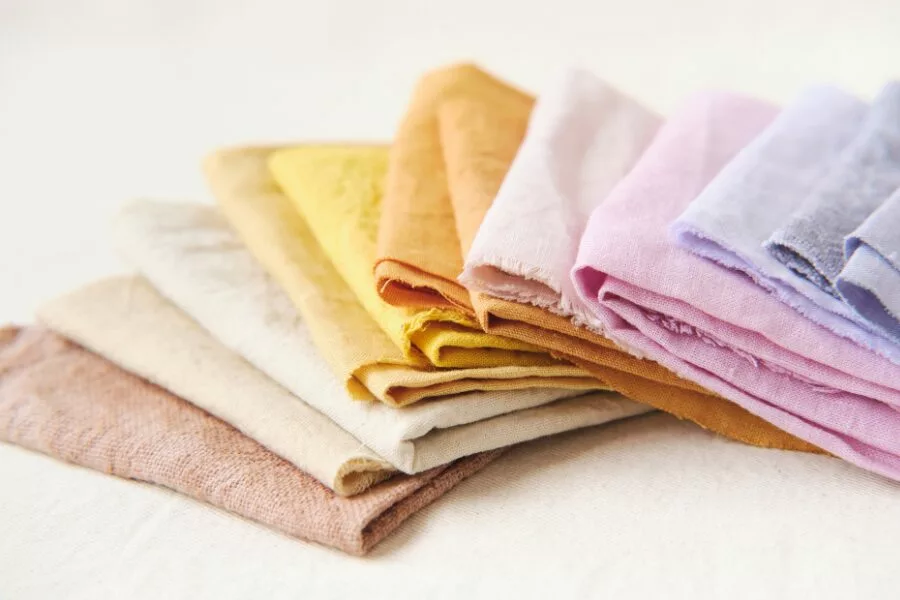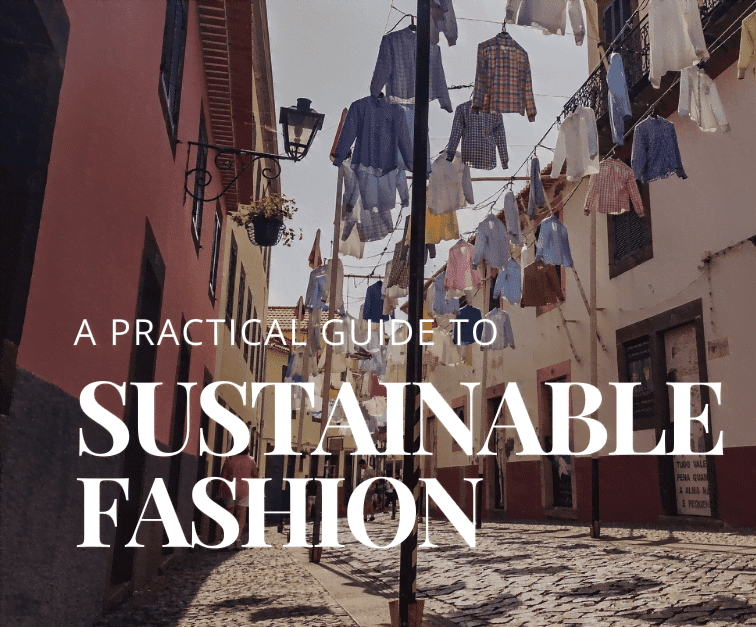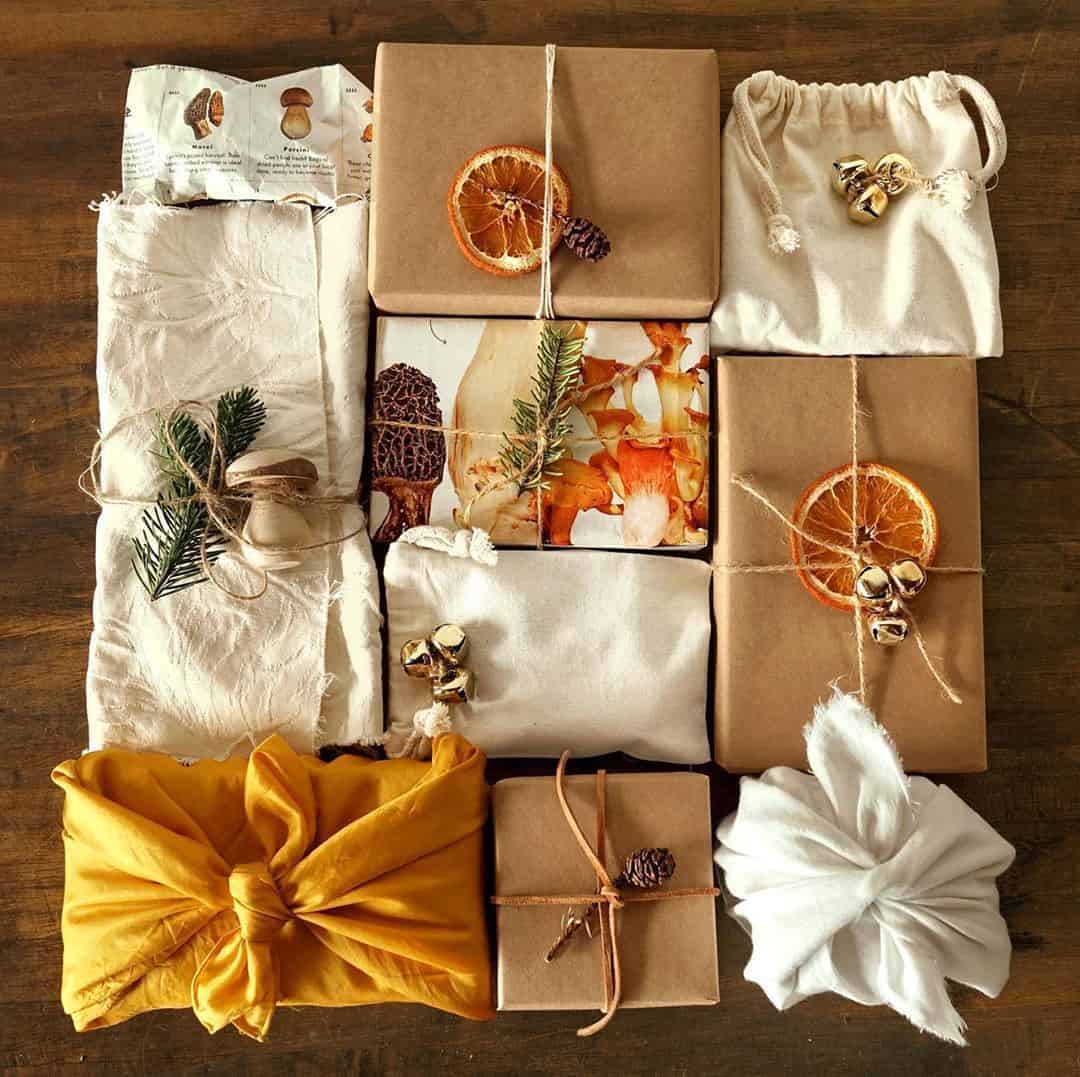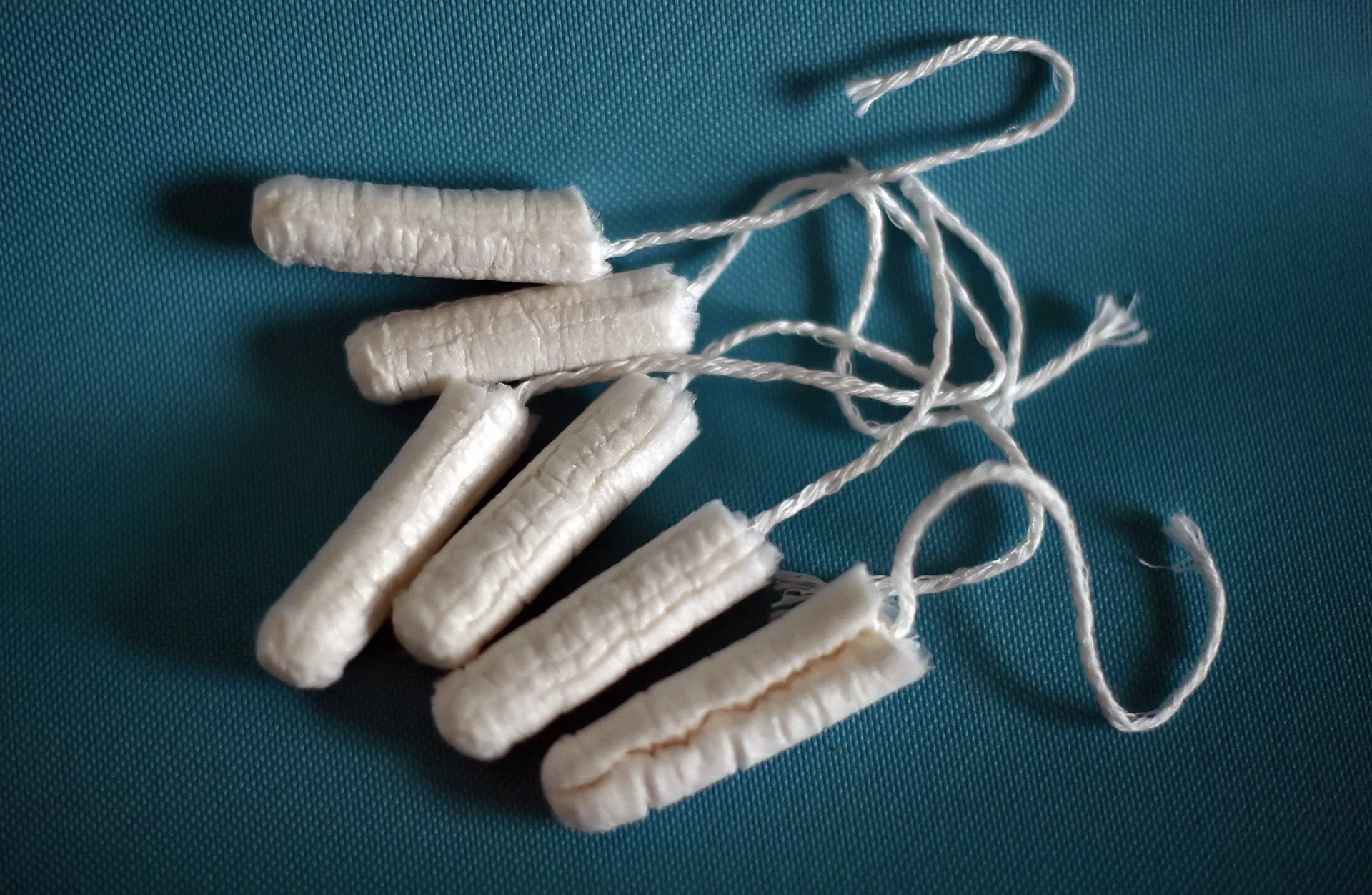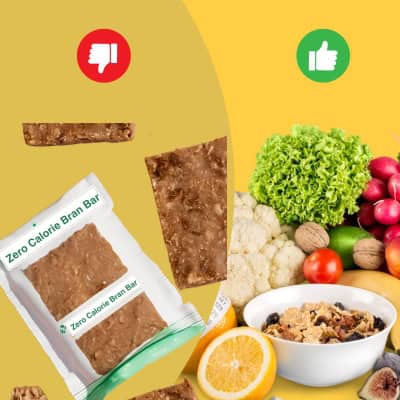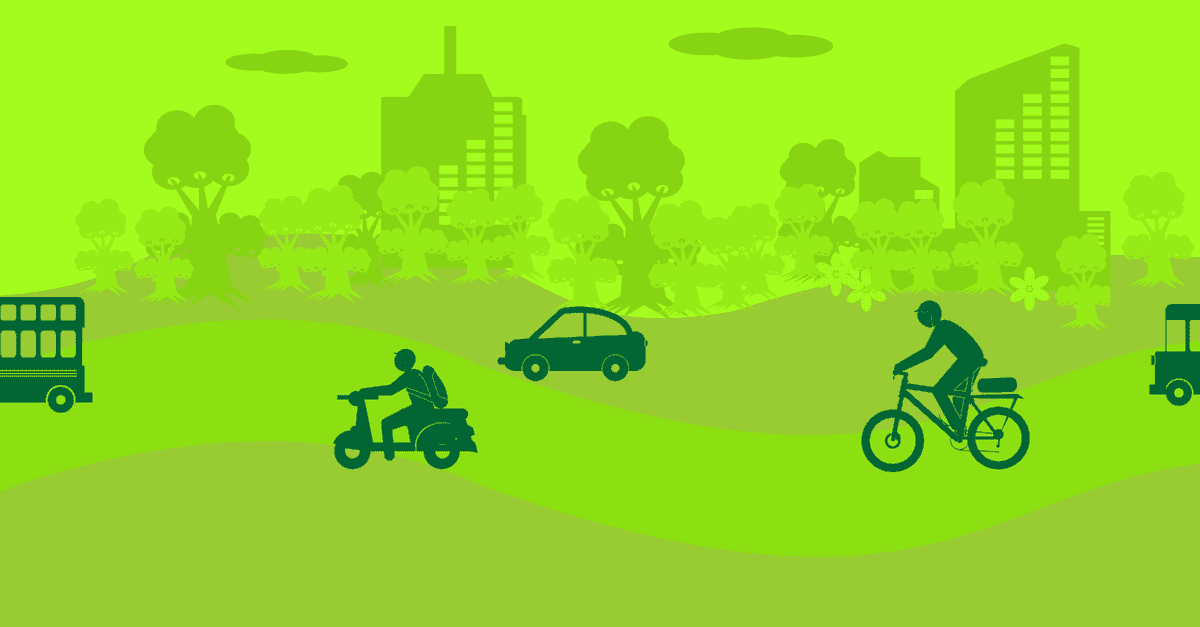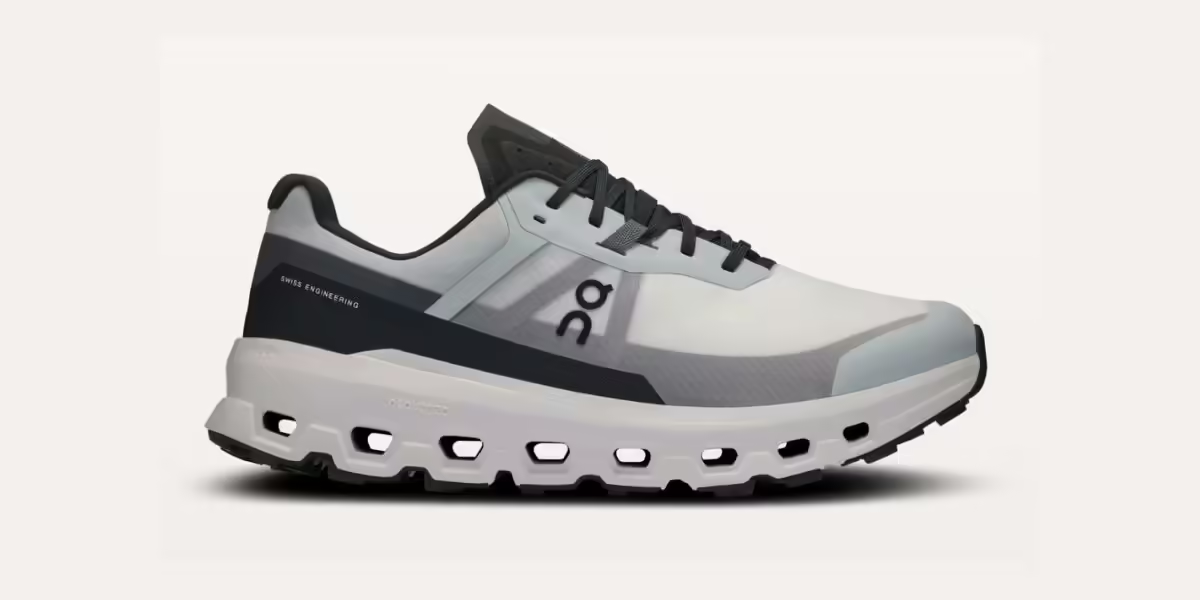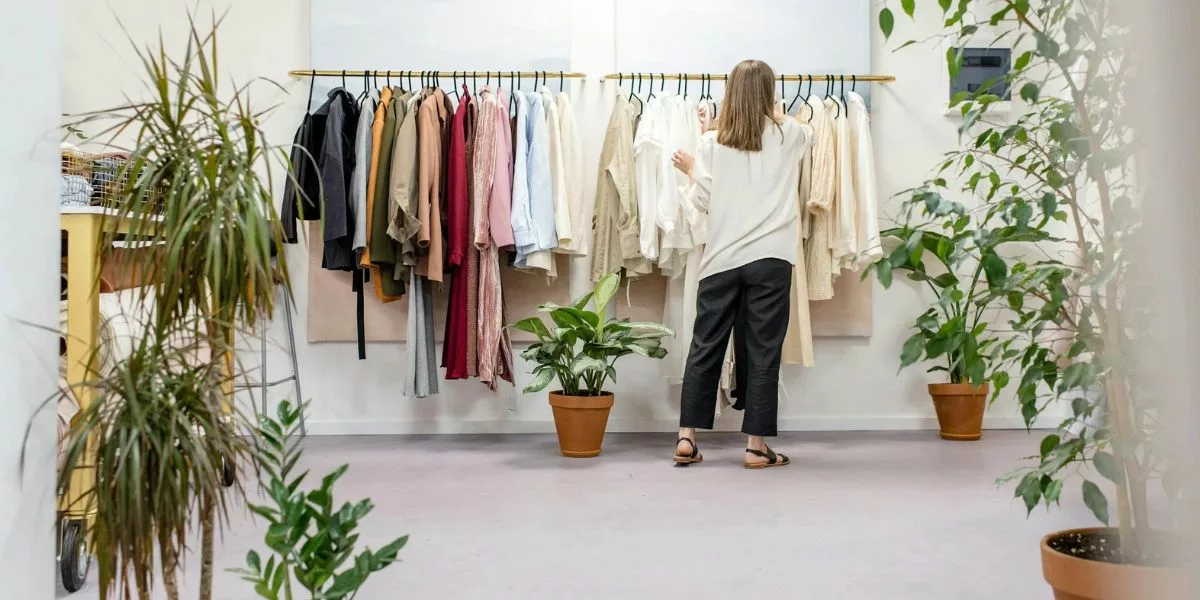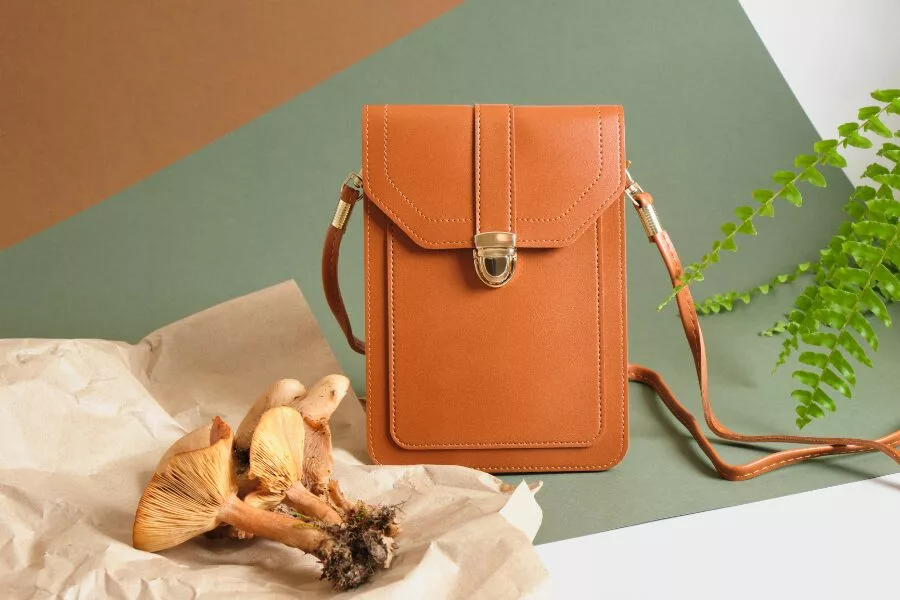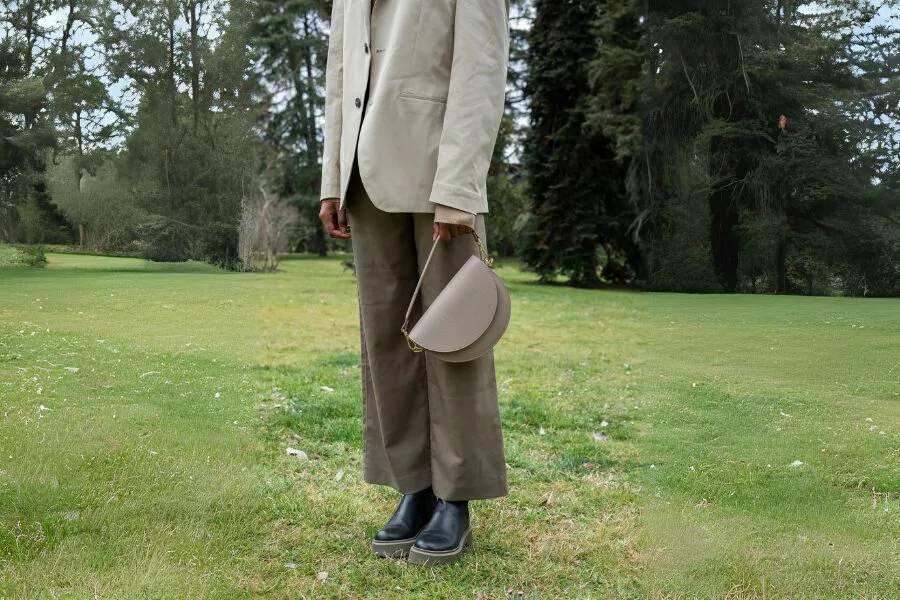Last Updated on September 24, 2024 by Our Editors
Fast fashion’s reliance on cheap, synthetic materials like polyester and nylon contributes significantly to pollution, waste, and microplastics in our ecosystems.
In a world where fast fashion dominates, and environmental impacts grow with each passing year, choosing sustainable fabrics has become more critical than ever.
While cheap clothing wrecks our planet, conscious consumption and sustainable fabrics are putting up a brave fight.
Like all kinds of art, fashion is a reflection of society.
Unlock Your Savings with Exclusive Offer Coupons
Save big while shopping for sustainable products! Grab your exclusive coupons today!

The key to knowing which fabric is the better choice is to be aware of what goes into making what you’re buying. The fine print on clothing labels helps us do that. Whether you are a business or a consumer of fashion, sustainable fabrics are the first obvious step towards sustainability.
Let us be your guide on your conscious consumption journey. In this article, we will walk you through more than 15 sustainable fabrics that are lighting up markets.
Fashion via Sustainable Fabrics
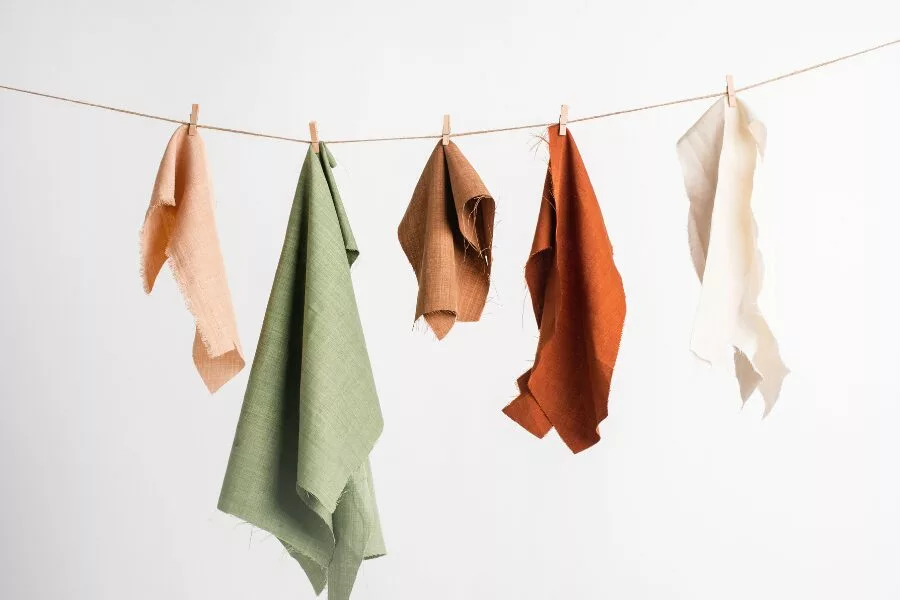
According to UNESCO.org, “Sustainability is a paradigm for thinking about the future in which environmental, societal and economic considerations are balanced in the pursuit of an improved quality of life.” Based on this, being eco-friendly isn’t the only factor to consider while choosing a sustainable fabric. Process of manufacturing and affordability are also key factors.
A reliable way to gauge these factors is through certifications that appear on clothing labels. These certifications ensure that the fabrics meet stringent standards for environmental impact, worker welfare, and overall sustainability. Here are some key certifications to keep an eye out for:
Sustainability Certifications
- BLUESIGN: Being one of the strictest certifications in textiles, Bluesign ensures keeping harmful chemicals out of the manufacturing process. Many outdoor brands, such as Patagonia, are Bluesign certified.
- CRADLE TO CRADLE: An imitation of the Earth’s natural cycle. This certification ensures that throughout the production and at the end of a product’s life, all resources used are truly recyclable or can return to the source safely in direct or indirect form, like reclaimed fabrics. This applies to raw materials, energy sources, water usage, and social fairness.
- GOTS: Unifying standards across different countries and supply chains, Global Organic Textile Standard (GOTS) is the most trusted standard across the world. We can find it on garments made of organic cotton, linen, hemp, etc. Currently, it certifies organic status for 70% of all textiles in the world.
- OEKO-TEX: One of the best textile standards, the OEKO-TEX certifies that your garment is safe from toxic chemicals. This is especially useful for kid’s wear and nightwear.
- FAIRTRADE: This certification tells us that the workers who made your clothes were paid fairly and had safe working conditions. The certified brands also contribute to community development.
Now that we have covered certifications, let’s discuss the different fabrics available out there.
15+ Sustainable Fabrics to Shop Right Now
We’ve made serious strides over the last decade in sustainable fabrics. From synthetic fibers to naturally-extracted threads from sustainable sources, there has been rapid advancement in this area.
Based on the source of origin, we’ve put together a comprehensive guide to different sustainable fabrics!
Recycled Fibers
Recycled Polyester (rPET)
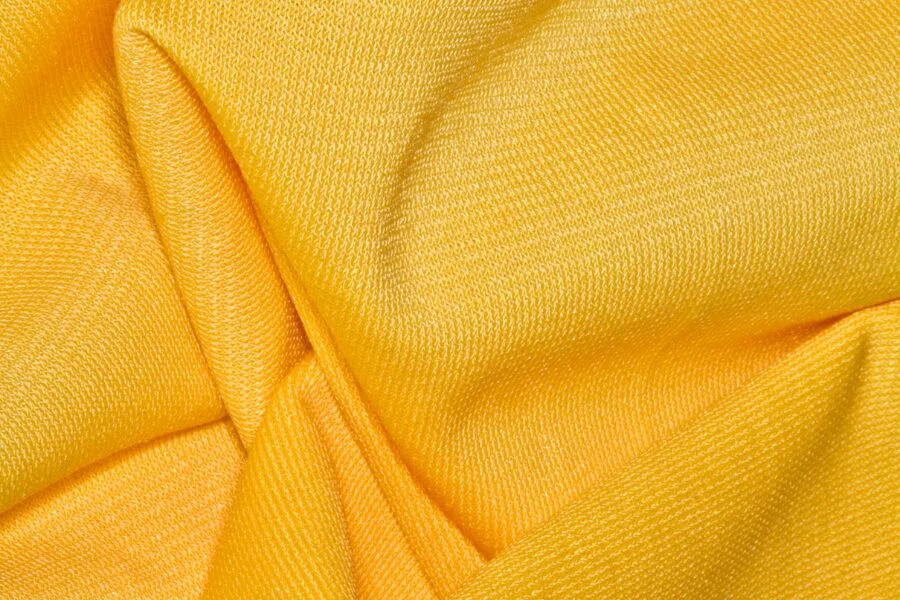
Recycled polyester, also known as rPET, is a type of reclaimed fabric that’s more sustainable than its virgin alternative, utilizing existing plastic waste instead of raw petroleum-based materials or virgin materials.
How it’s made:
It’s produced by recycling old plastic bottles and converting them into fibers.
What we love about it:
- Requires fewer resources than new polyester.
- Produces significantly less CO2 during manufacturing.
- Can be infinitely recycled.
- More eco-friendly than its virgin alternative, although it remains non-biodegradable and can release microplastics.
- Emits fewer greenhouse gases, even though production costs are higher.
Recycled Nylon
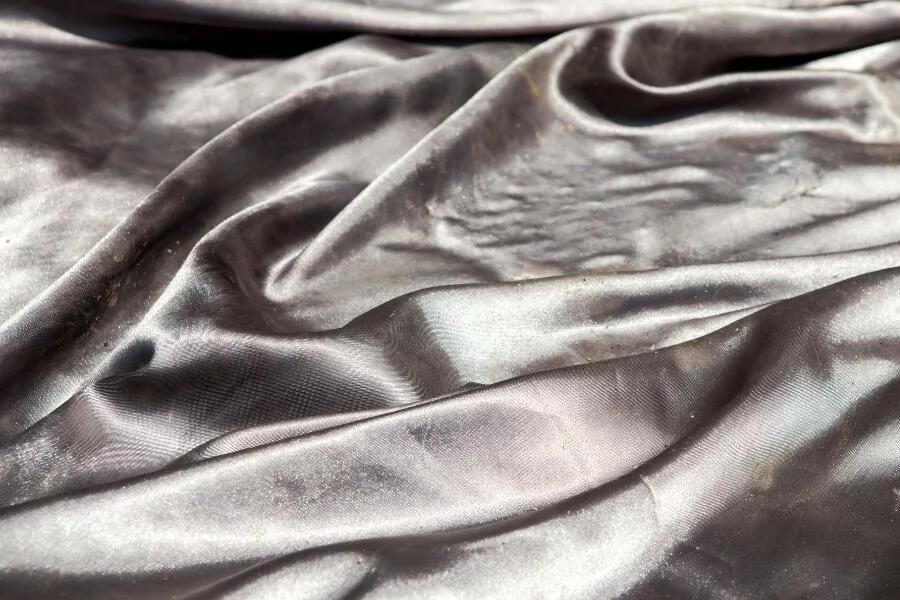
Recycled nylon is a sustainable option that helps tackle waste in both landfills and oceans, providing an alternative to the resource-intensive production of virgin nylon.
How it’s made:
Made by recycling waste materials, including used fishing nets and industrial nylon waste, preventing them from polluting the environment.
What we love about it:
- Uses far fewer resources than virgin nylon.
- Diverts waste from landfills and oceans.
- Supports ocean cleanup efforts.
- Though it costs more to produce, the environmental advantages make it a valuable option.
Recycled Cotton
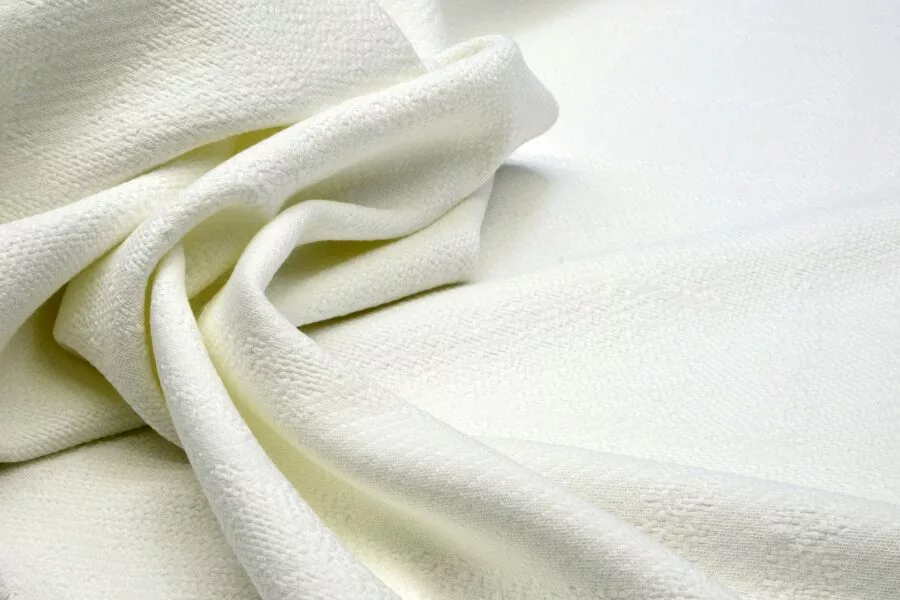
Recycled cotton is a type of reclaimed fabric that offers an eco-conscious way to repurpose textile waste, reducing the demand for virgin cotton and conserving resources.
How it’s made:
It’s sourced from textile waste and old garments, which are processed and reused in new fabrics.
What we love about it:
- Helps reduce textile waste.
- Requires significantly fewer resources than organic or conventional cotton.
- Blended with new cotton to maintain strength and quality, as recycling weakens the fibers.
Recycled Wool
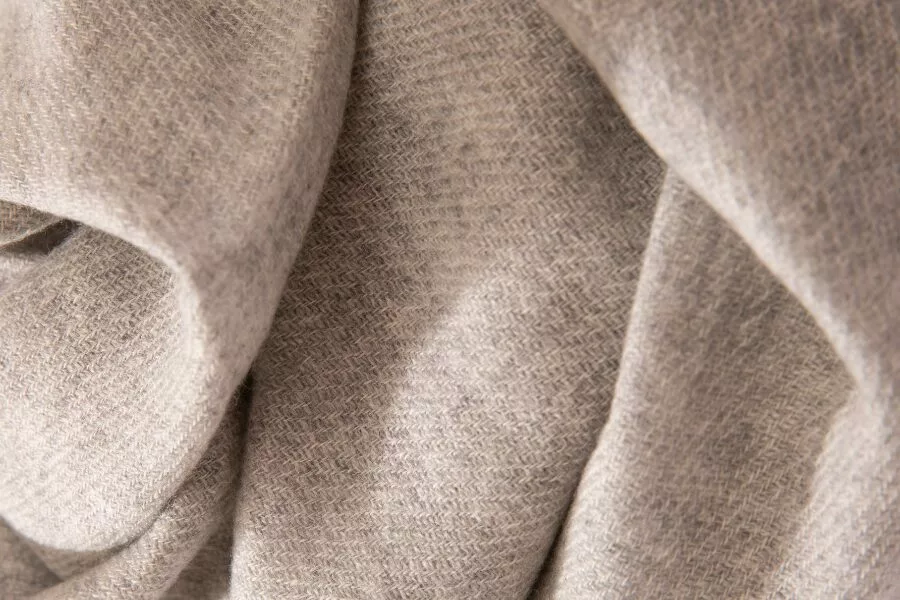
Recycled wool is a smart way to conserve natural resources, reusing wool from existing garments and minimizing the environmental footprint of sheep farming.
How it’s made:
Wool is recycled from old woolen clothes, saving water, land resources, and avoiding the need for new dyes.
What we love about it:
- Saves large amounts of water and land resources.
- Keeps woolen garments out of landfills.
- Reduces the need for chemical dyes.
- Although certifications are limited, the Global Recycled Standard (GRS) ensures a level of quality and sustainability.
Plant-Based Fabrics
Plant-based fabrics are textiles derived from natural fibers obtained from various plant sources. These sustainable materials are biodegradable, renewable, and often more sustainable than synthetic alternatives. Here’s an overview of some common types of plant-based fibers and their characteristics:
Organic Cotton
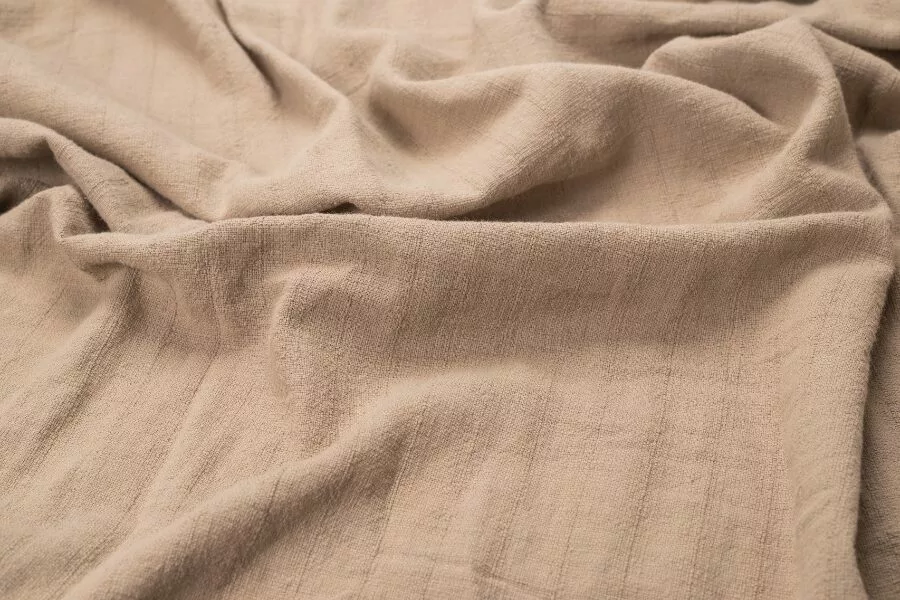
Organic cotton is a sustainable alternative to conventional cotton made from virgin materials, maintaining the same quality standards while eliminating negative environmental impacts.
How it’s made:
Grown from non-GMO seeds without the use of pesticides, insecticides, or fertilizers. Organic farming techniques, including crop rotation and no-till methods, are employed to enhance soil health.
What we love about it:
- Uses up to 71% less water than conventional cotton.
- Protects farmers from exposure to toxic chemicals.
- Promotes biodiversity and healthier ecosystems.
Linen
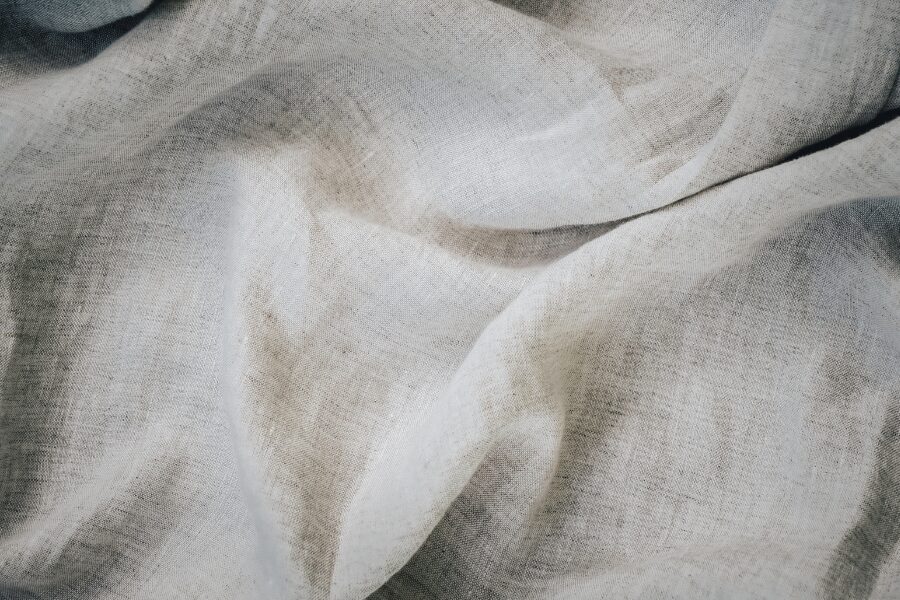
Linen is derived from the flax plant, known for its resource efficiency and unique properties.
How it’s made:
Extracted from the fibers of the flax plant, linen production requires far fewer resources compared to cotton or polyester.
What we love about it:
- Uses significantly less water, pesticides, and fertilizers.
- Can be grown on land unsuitable for food crops and helps rehabilitate polluted soil.
- Naturally breathable and strong, making it ideal for warm weather.
Hemp
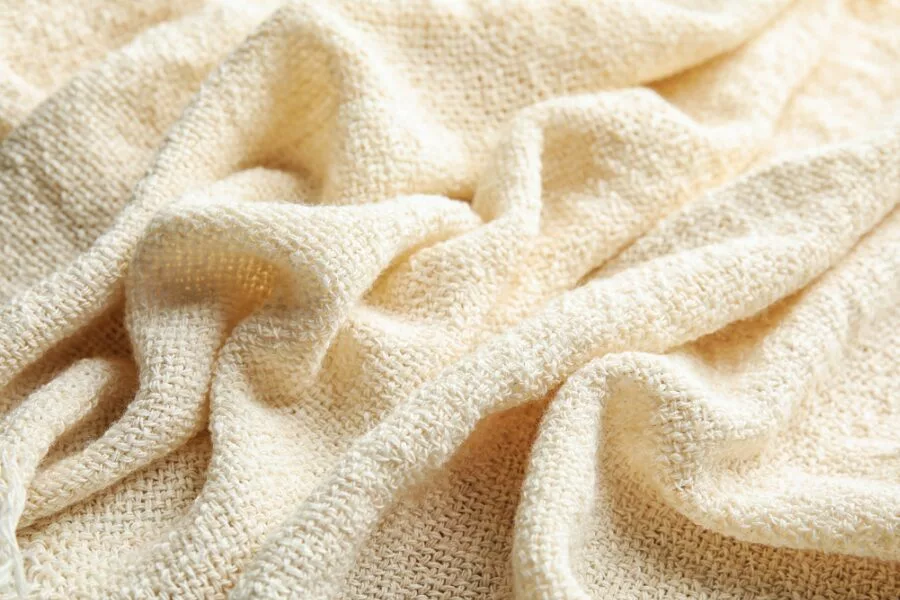
Hemp fabric is made from the fast-growing hemp plant, offering numerous environmental benefits.
How it’s made:
Sourced from hemp plants that can thrive in the same soil for years without degrading its quality.
What we love about it:
- Requires minimal resources for cultivation.
- Similar to linen but more versatile, though its cultivation is restricted in some areas due to its relation to cannabis.
- Naturally resistant to pests, reducing the need for chemicals.
Stinging Nettle

Stinging nettle is an underutilized plant-based fabric known for its sustainability.
How it’s made:
Made from the fibers of the Urtica Dioica plant, which is easy to grow and widely available.
What we love about it:
- More sustainable than cotton, acrylic, or nylon in terms of resource use and biodegradability.
- Suitable for both winter and summer wear.
- Requires less water and fewer pesticides, and it’s legal to cultivate in many places.
Natural Rubber
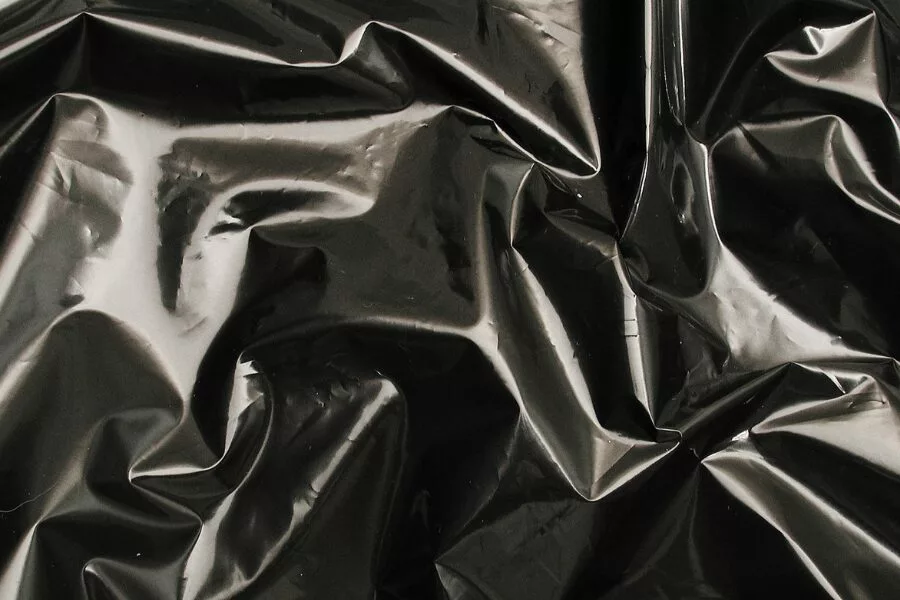
Natural rubber is a renewable resource harvested from the milk of the hevea tree.
How it’s made:
The extraction process does not harm the tree, allowing it to continue producing latex over many years.
What we love about it:
- Biodegradable and recyclable, making it an eco-friendly choice.
- Certification labels like FSC® and Fair Rubber Association ensure responsible forest management and fair compensation for latex producers.
- Supports sustainable agricultural practices.
Animal-Based Sustainable Fabrics
Animal-based sustainable fabrics are textiles derived from animal fibers that are produced in an environmentally friendly and ethical manner. These fabrics prioritize animal welfare, sustainable farming practices, and minimal environmental impact. Here are some key types of animal-based sustainable fabrics:
Alpaca
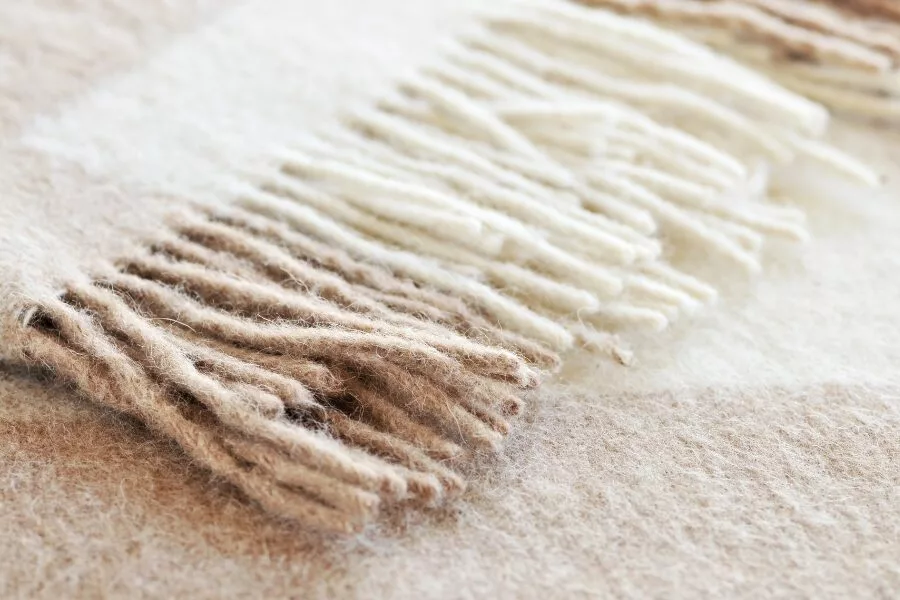
The alpaca is an animal known for its luxurious fleece, which is used to create soft and warm fibers.
How it’s made:
Alpacas produce 16 times more fiber than cashmere goats while requiring significantly less food and water. They graze by cutting grass instead of pulling it from the roots, promoting quicker regrowth. Their padded hooves minimize ground damage during grazing.
What we love about it:
- Supports the sustainable livelihoods of indigenous communities in Peru.
- Environmentally friendly grazing practices enhance soil health.
Organic Silk
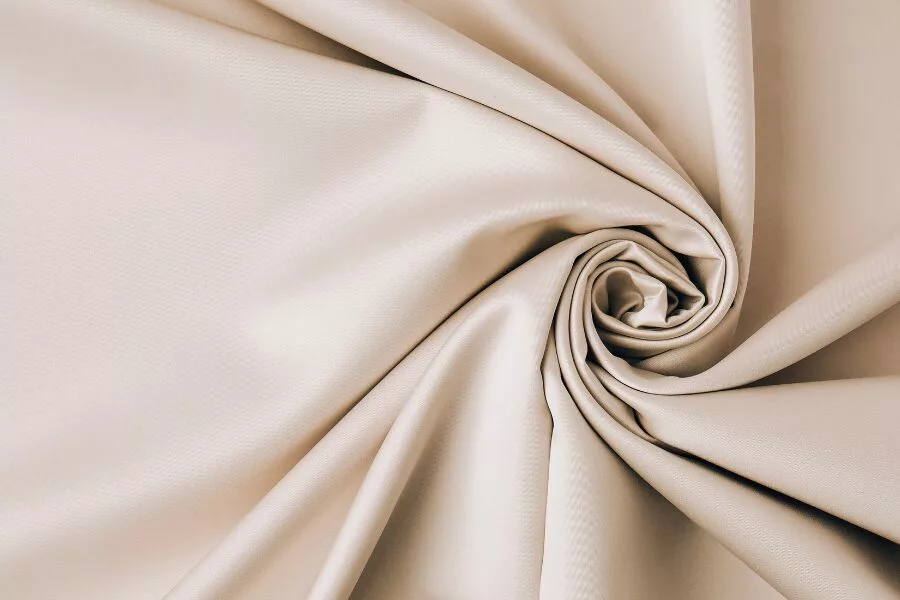
Organic silk is a biodegradable protein fiber produced by silkworms, known for its luxurious feel and sustainability.
How it’s made:
Unlike conventional silk, which kills the silkworm, “Peace silk” or Ahimsa silk allows the moth to leave the cocoon before the fibers are harvested. This method requires fewer chemicals in the dyeing process.
What we love about it:
- Renewable resource that is gentle on the environment.
- Promotes humane treatment of silkworms.
Sustainable Wool
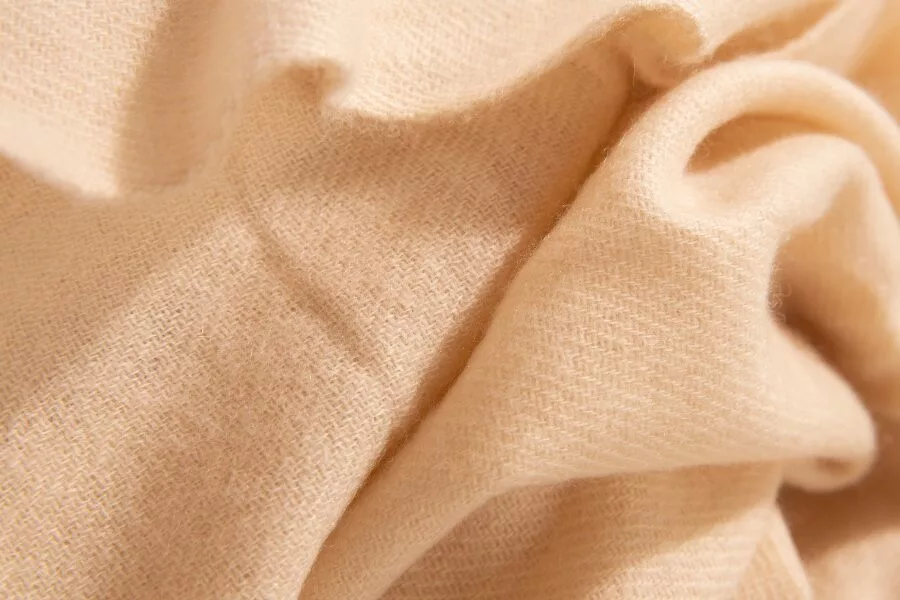
Sustainable wool is certified through the Responsible Wool Standard (RWS), ensuring ethical treatment of animals and land stewardship.
How it’s made:
RWS certification ensures that sheep are treated fairly and that farms implement practices to protect the environment. Certified organic wool, while rare, adheres to GOTS standards, which prohibit harmful pesticides and promote responsible management practices.
What we love about it:
- Supports ethical farming practices that prioritize animal welfare.
- Helps maintain healthy ecosystems and sustainable agriculture.
Responsible Down
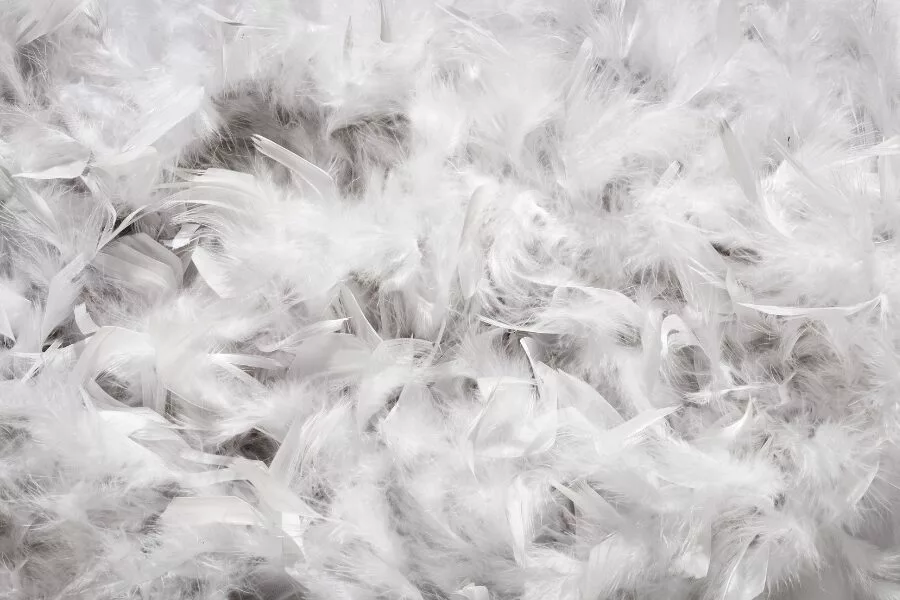
Responsible down is sourced from birds without causing harm or distress, ensuring ethical treatment.
How it’s made:
The Responsible Down Standard (RDS) prohibits live-plucking of feathers and emphasizes animal welfare by rewarding farms that uphold humane practices.
What we love about it:
- Guarantees that down is collected in a way that does not inflict pain on the animals.
- Supports transparent supply chains and ethical sourcing.
Semi-Synthetic Fibers
Semi-synthetic fibers are textiles made from natural materials that have been chemically processed to create fibers suitable for various applications. These fibers combine the benefits of both natural and synthetic fibers, often offering enhanced properties such as durability, softness, and moisture management. Here are some key points about semi-synthetic fibers:
Lyocell (Tencel®)
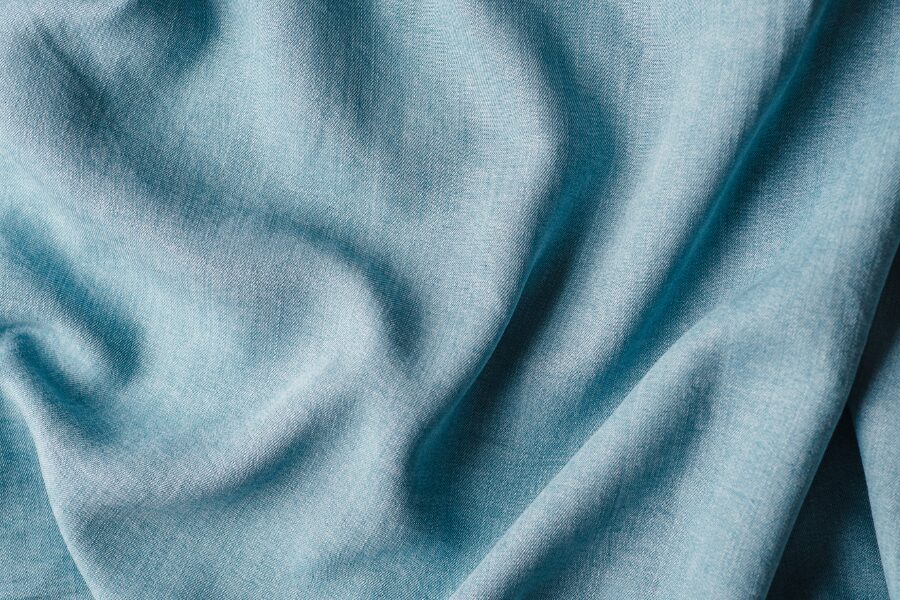
Lyocell, marketed as Tencel®, is a sustainable fiber made from eucalyptus trees.
How it’s made:
Sourced from forests certified by PEFC, these fast-growing trees require no irrigation or fertilizers. The production process recycles most chemicals used, ensuring minimal waste, and the fiber is 100% biodegradable.
Why we like it:
- More sustainable than traditional viscose and modal.
- Environmentally friendly manufacturing process.
- Soft, breathable, and gentle on the skin.
Orange Fiber
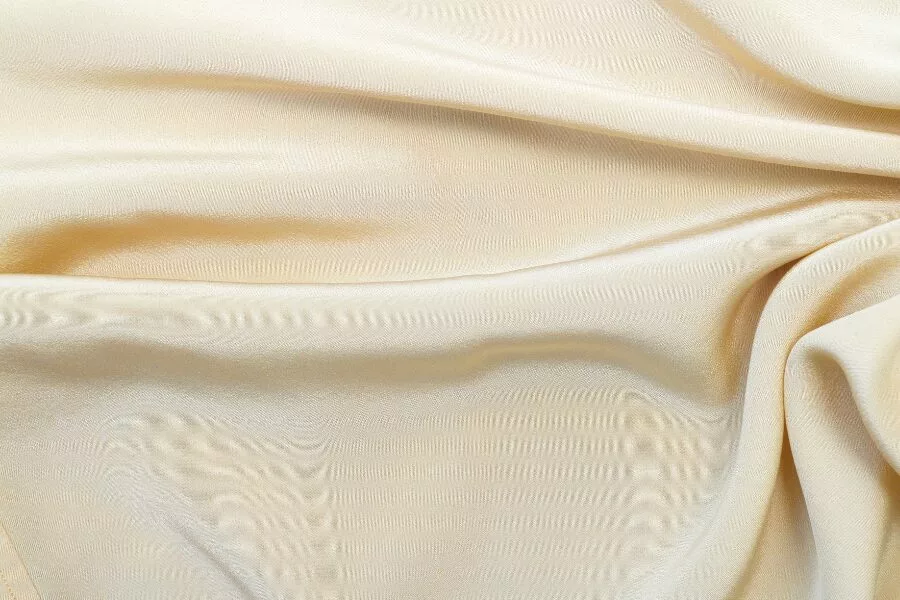
Orange fiber is a unique fabric derived from the by-products of the juice industry.
How it’s made:
Made from orange peels, this innovative fiber utilizes waste that would otherwise be discarded, resulting in a 100% biodegradable material.
Why we like it:
- Eco-friendly and sustainable by using agricultural waste.
- Soft and lightweight, ideal for clothing and textiles.
- Supports circular economy practices.
Pineapple Fiber (Pinatex)
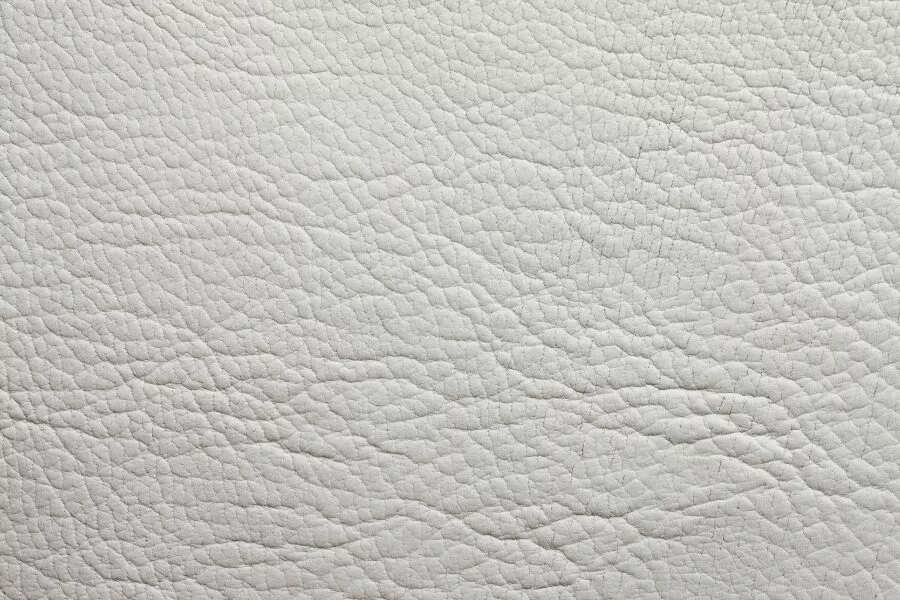
Pinatex is a sustainable alternative to leather made from pineapple leaves.
How it’s made:
Sourced from the by-products of pineapple harvesting, the organic material requires no additional resources for cultivation. While it resembles leather, it contains 20-30% plastic polymers, making it not fully biodegradable.
Why we like it:
- Cruelty-free and environmentally friendly.
- Provides a similar look and feel to traditional leather.
- Helps reduce agricultural waste and promotes sustainable practices.
Cupro
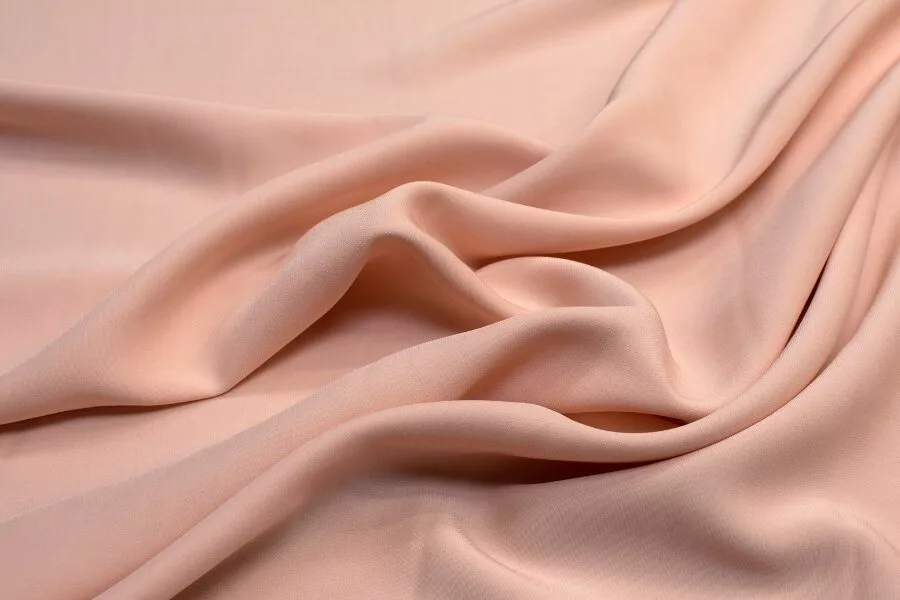
Cupro is an eco-friendly fabric made from waste cotton fibers.
How it’s made:
Produced using non-toxic chemicals in a closed-loop system, all chemicals and water are reused during the manufacturing process, making it an eco-friendly alternative to viscose.
Why we like it:
- Biodegradable and reduces textile waste.
- Soft and breathable, offering a luxurious feel.
- Supports sustainable textile production practices.
Fabrics to Avoid
Conventional Cotton

Grown in warm, dry regions like India where water is scarce. Cotton requires tonnes of water to grow (20000 tonnes per kg). Most cotton production (99.3%) globally uses genetically modified seeds (GMOs) and pesticides. Cotton farming is practiced in developing countries where labor laws and safety standards are not applied.
Alternatives: Recycled cotton, organic cotton
Conventional Wool
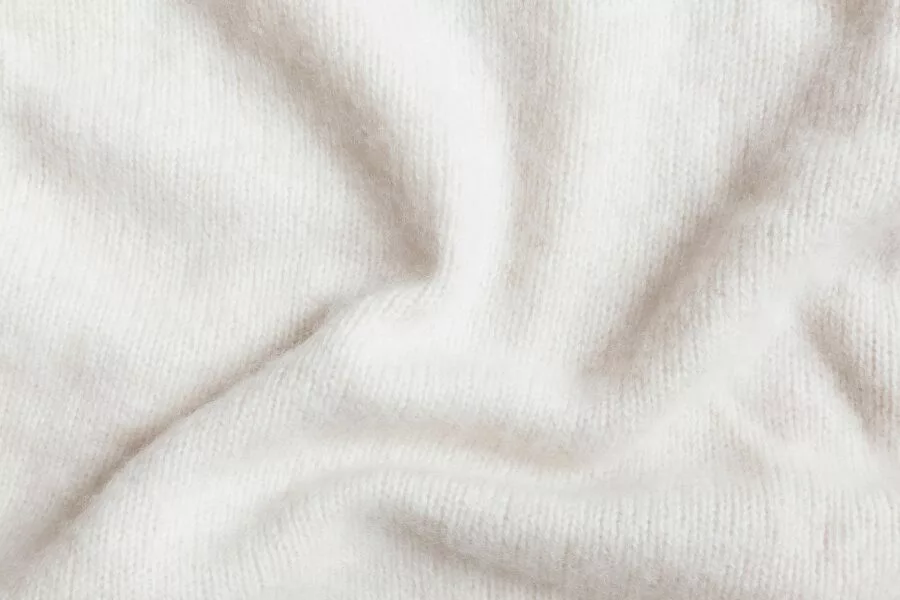
Though it is a renewable resource, global demand leads to poor sheep rearing practices. Overpopulating sheep lead to overgrazing, disturbing the ecosystem of the land where they are kept. Sheep are bathed in insecticides that are harmful to both the farmer and the animal and make their way in the final garment. Sheep produce methane, a harmful gas that adds to global warming. These animals are also often hurt during fleece removal.
Alternatives: Recycled wool
Fake Leather or Pleather
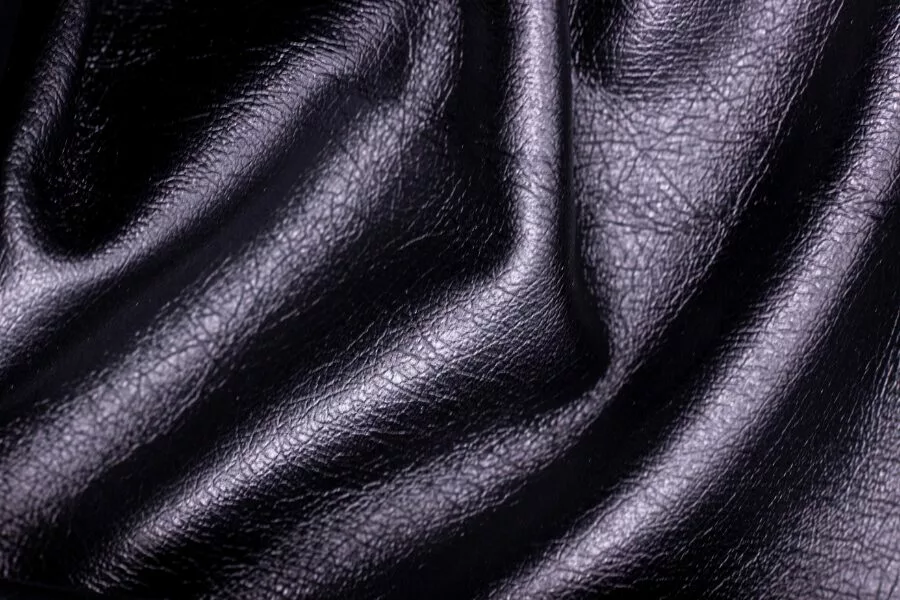
This material eliminates harm to animals, but increases damage to the environment. Toxic and non-biodegradable materials such as polyurethane (PU) and PVC are used in most cases.
Alternatives: Plant-based vegan leather
Cashmere
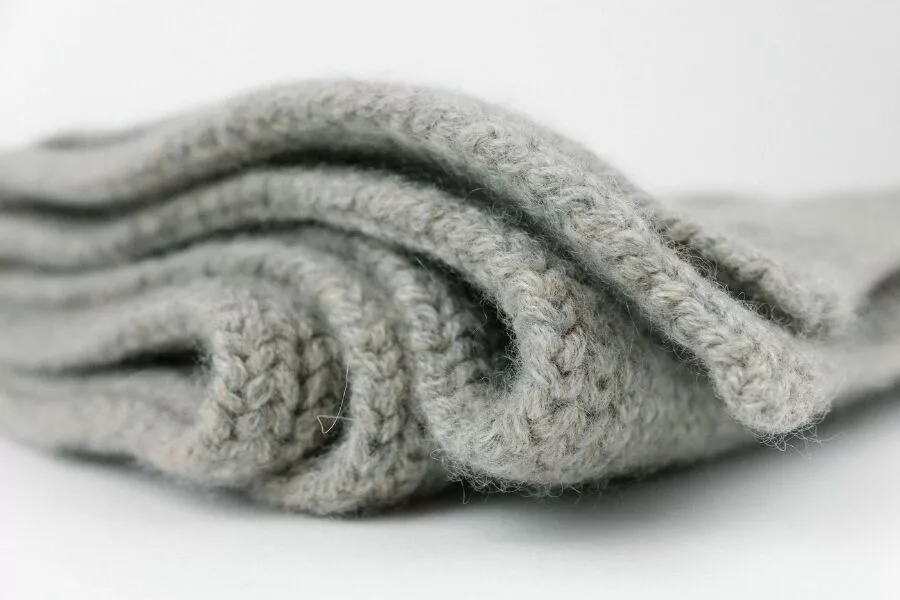
Cashmere is derived from goats. A single goat takes 4 years to provide only 1 sweater worth of fleece. Also, rearing goats in large numbers leads to desertification hence, goat overpopulation is an environmental threat.
Alternative: Alpaca
Down
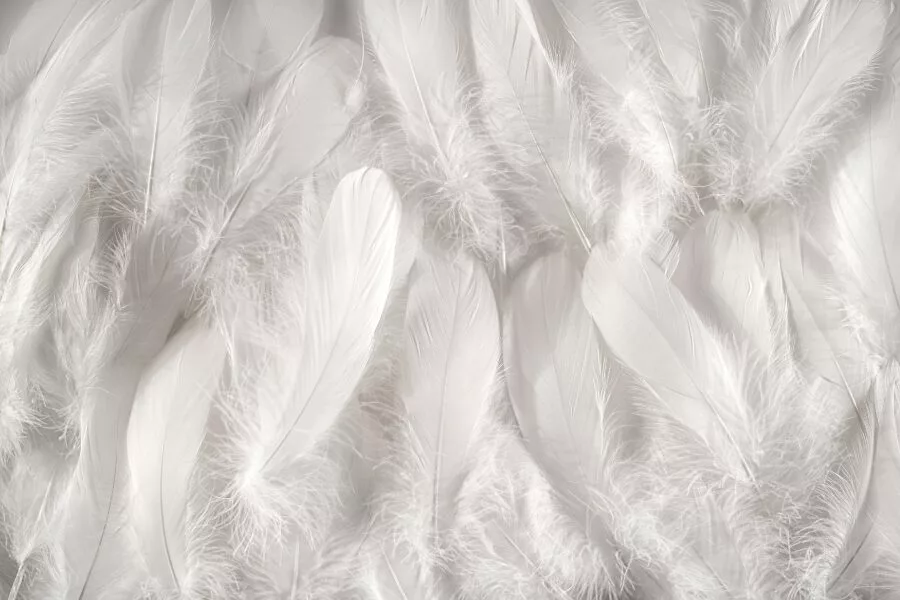
Most of the global supply received is plucked directly from living animals. This is a banned method but is still legal in some parts of the world.
Alternative: Responsible down
Polyester
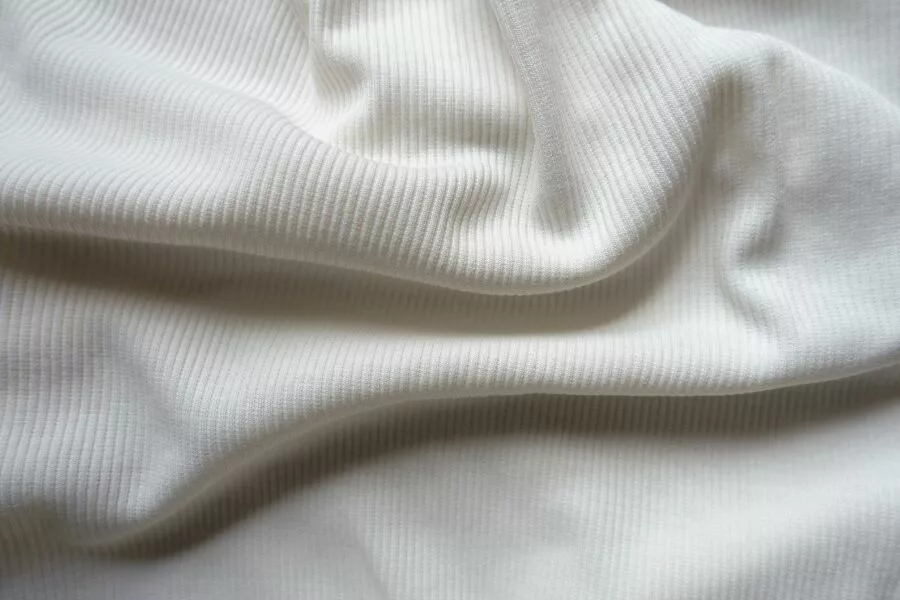
Derived from petroleum, a non-renewable fossil fuel, this is the most common fiber, found in 52% of the global garment production. Its production releases harmful chemicals and is energy-intensive. A garment made of these virgin materials releases up to 700000 microplastics in every wash. These end up in the oceans and ultimately on our plates, making their way inside our bodies.
Alternatives: Recycled polyester
Rayon, Modal and Viscose
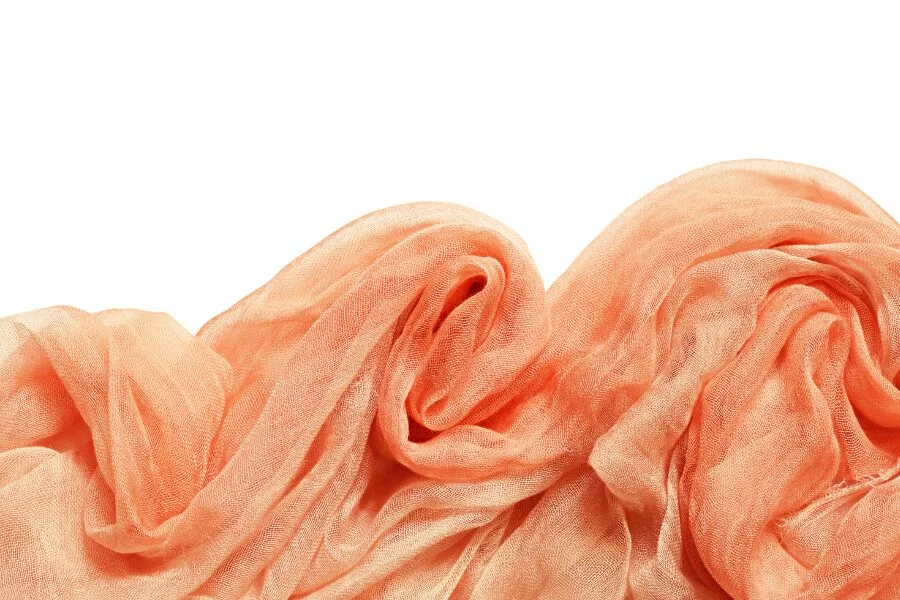
We derive rayon from the wood of the eucalyptus tree, which is combined with toxic chemicals for conversion into fibers. The unregulated felling of trees causes deforestation. Artificial silk or viscose and modal are types of rayon, having similar ill-effects on the environment.
Alternative: Lenzing Tencel® or cupro
Bamboo
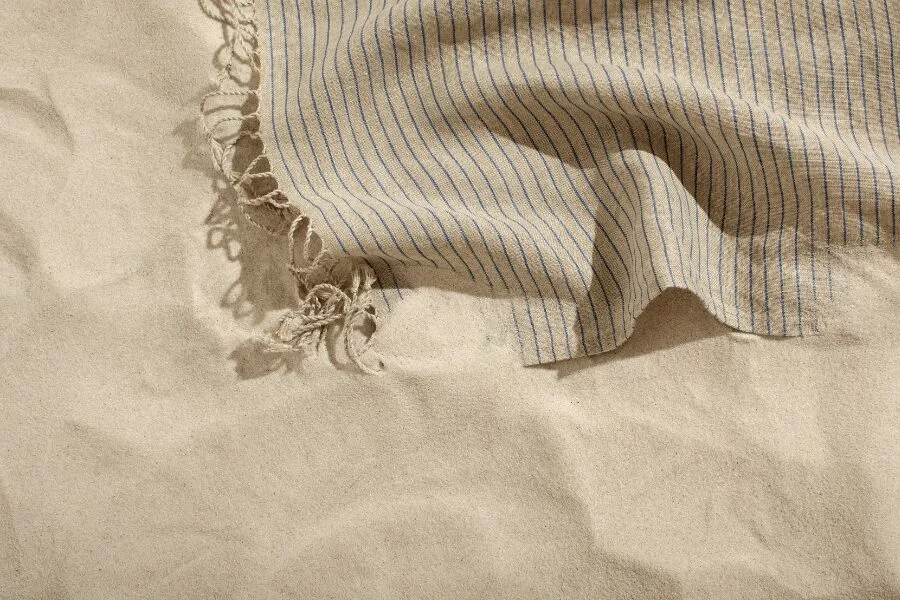
Bamboo is a promising crop that sprouts from the place of being cut and grows significantly every day without needing many resources. Bamboo fabric, woven from bamboo rayon, requires the treatment of fibers with toxic chemicals like sulphuric acid, thus posing a threat to both people and the environment.
Summing Up
As we navigate the complexities of modern fashion, it’s essential to understand the impact of our choices on the planet. The shift towards sustainable materials is not just a trend; it’s a necessary movement to combat the detrimental effects of fast fashion. By choosing fabrics that are recycled, plant-based, or responsibly sourced from animal fibers, we can significantly reduce our ecological footprint and support ethical production practices.
The fabrics highlighted in this guide represent a growing commitment to sustainability in the textile industry. Certifications like GOTS, OEKO-TEX, and RWS provide valuable benchmarks for consumers looking to make informed choices. As awareness increases, so does the availability of these sustainable options, empowering consumers to support brands that prioritize the environment and social responsibility.
Remember, every purchase is a vote for the kind of world we want to create. By opting for sustainable fabrics, we are not only investing in quality and longevity but also championing a healthier planet for future generations. Let’s continue to make mindful choices and advocate for a fashion industry that values sustainability and ethical practices above all. Together, we can turn the tide against fast fashion and cultivate a more conscious approach to our wardrobes.
Stay stylish and sustainable!
Subscribe for exclusive fashion tips and a free guide to eco-friendly apparel.
Frequently Asked Questions
What makes a fabric sustainable?
Sustainable fabrics or sustainable materials are made from renewable resources, use eco-friendly production processes, and minimize environmental impact. They often involve ethical labor practices and are biodegradable or recyclable.
Are all natural fibers sustainable?
Not necessarily. While natural fibers like cotton, wool, and hemp can be more sustainable than synthetic options, factors like farming practices, chemical use, and resource consumption also play a crucial role in determining sustainability.
What is the difference between recycled and virgin fabrics?
Recycled fabrics are made from post-consumer or post-industrial waste, reducing the need for new resources and minimizing waste. Virgin fabrics are produced from raw materials, often involving more energy and resources, and typically have a higher environmental impact.
How can I identify sustainable fabrics when shopping?
Look for certifications such as GOTS (Global Organic Textile Standard), OEKO-TEX, and Fair Trade. Also, research the brand’s practices regarding sourcing, manufacturing, and labor conditions to ensure they align with sustainability principles.
Are sustainable fabrics more expensive?
Sustainable fabrics can be pricier due to the ethical sourcing, eco-friendly processes, and often smaller-scale production. However, investing in quality sustainable items can lead to long-lasting wear, making them more cost-effective over time.

